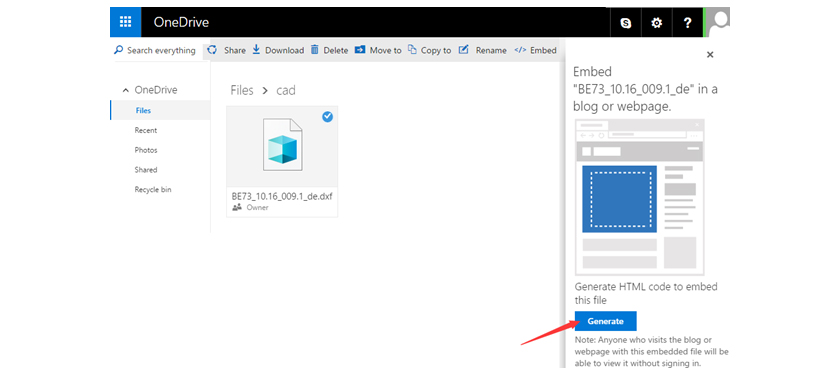
Certified Control Systems Study Guide
What is certification? How to become certified; Certificate holders; Career Resources and Jobs. Job seekers; Employers; New to wastewater career; Links; CWEA and Water Quality. CWEA at a glance; Learn about water quality and the wastewater industry; How Do I Join? E-bulletin; Clean Water; CWEA Certification study guide. These are few notes from my previous study that I have kept since my initial Level I NICET Certification Exam. They are the most important requirements in Chapter 4, Fundamentals of Fire Alarm Systems – NFPA 72 National Fire Alarm Code. I have revised and updated a few of the codes for the 2007 edition. These requirements should be read.
CCST QUESTION 1 The main purpose of an optical isolation circuit on a digital input card in a PLC I/O system is:A. To provide a common reference point for DC signals.B. To isolate the low-voltage circuitry on the digital input card from the field device voltage.C. To block light from the surroundings in order to prevent the digital input card from overheating.D. To isolate the positive and negative terminals on the digital input card. AnswerThe correct answer is B, “to isolate the low-voltage circuitry on the digital input card from the field device voltage.” An optical isolation circuit is used to provide a barrier between the field wiring and associated field wiring issues (shorts, ground loops, transients, etc.) In most PLC systems, this is accomplished with a special high-precision LED as a light source and a phototransistor as a receptor. The dielectric barrier between the two provides physical separation of the LED circuit (connected to the field device in a digital input circuit) and the phototransistor (connected to the PLC card circuit.)Answer A is not correct.
This choice describes a feature of PLC cards, which do not have channel-to-channel isolation.Answers C and D do not have any relation to the “optics” or “isolation” that is provided by an optical isolator. The “optics” in answer C refers to environmental light, which is not a factor in a PLC input circuit, and answer D refers to the normal isolation of positive and negative terminals in an electrical circuit.
CCST QUESTION 2 Which of the following flow measurement devices does not require square root extraction?A. Magnetic flowmeterB. Venturi flowmeterC.
Orifice plateD. Pitot tube AnswerThe correct answer is A,. Square root extraction is a mathematical method that is required for flowmeter readings where a measured differential pressure, or pressure drop, is used to infer the flow rate. Answer A, P&ID, is a diagram that shows the interconnection of process equipment and the instrumentation used to control the process.Answer B, logic diagram, is a diagram used to define on/off control.Answer D, process flow diagram, is a diagram that defines a process schematically and shows how much of each product a plant might make. CCST QUESTION 4 If a controller’s output increases when the controlled variable increases, the controller is said to be:A.

In a reset windup conditionB. Direct actingC. Reverse actingD.
In a feed-forward control scheme AnswerThe correct answer is B,. The controller output acts in the direction of the change of process variable, hence the name “direct acting.” This type of controller would be used with a fail-closed valve in a pressure control scheme. As the pressure increases (controlled variable), the valve output would increase to open the valve in order to relieve the pressure.Answer A is not correct, since reset windup is caused by allowing a controller’s integral action to continue to operate after a valve has reached an output limit. This can occur with direct- or reverse-acting controllers.Answer C is not correct, since a reverse-acting controller will decrease its output as the controlled variable increases in value. This would be typical of a steam valve in a heating loop with a fail-closed valve.
As the temperature rises, the output would decrease to reduce the amount of heat being transferred to the system.Answer D is not correct. Feed-forward control can be configured for both forward- and reverse-acting loops and is concerned with the magnitude of control output changes based on process dynamics and transport times. CCST QUESTION 5 Which of the following features is unique to a pneumatic differential pressure sensor/transmitter?a. High pressure inletb.
D/p cell diaphragmc. Low pressure inletd. Feedback bellows AnswerThe correct answer is D, feedback bellows.
In a, the nozzle faces a baffle, so, as the measured pressure increases, the baffle moves toward the nozzle. This causes the back-pressure within the nozzle to rise.
The rising pressure is amplified by a pneumatic relay, with the output pressure applied to both the feedback bellows and to the sensor output portAs the bellows expands, it draws the nozzle away from the baffle. There is a balance that is achieved by matching the motion of the baffle with the motion of the nozzle. This balance keeps the distance between the baffle and nozzle, and, hence, the output pressure, constant for a constant input pressure. Only pneumatic differential pressure transmitters have this feature.
On your craft foam or felt eye patch, cut four small slits where those black lines are. Cut a piece of yarn or elastic long enough to fit around the head of the person who will be wearing the patch. Push one end of the yarn or elastic up through one slit and then push it back down through the slit right next to the first. 
There are other classes of devices, such as electro-pneumatic relays (I/P transducers) that also use this principle.Reference.
